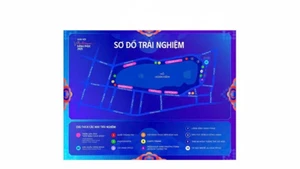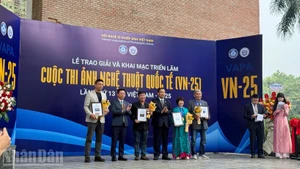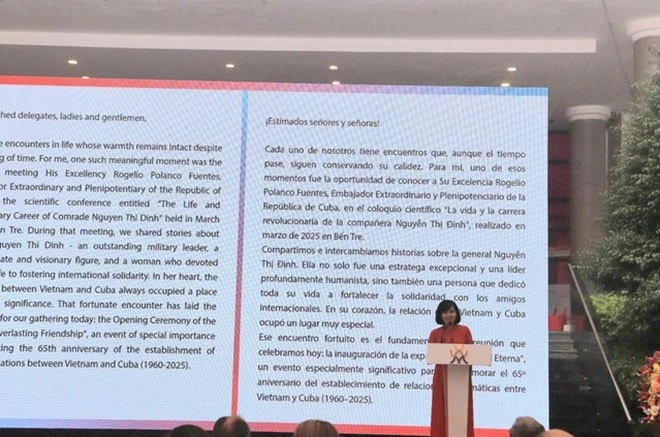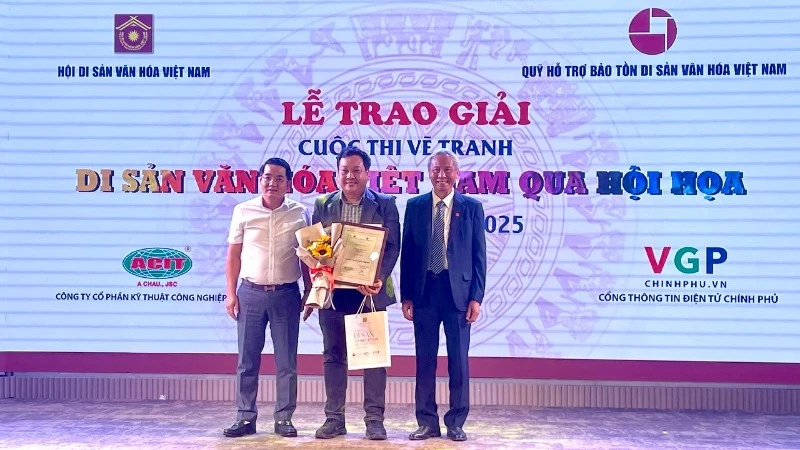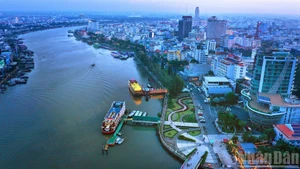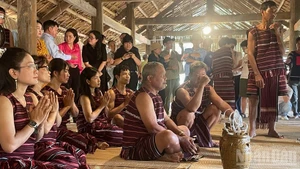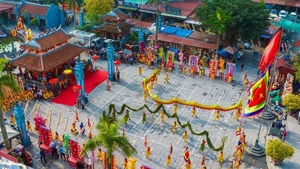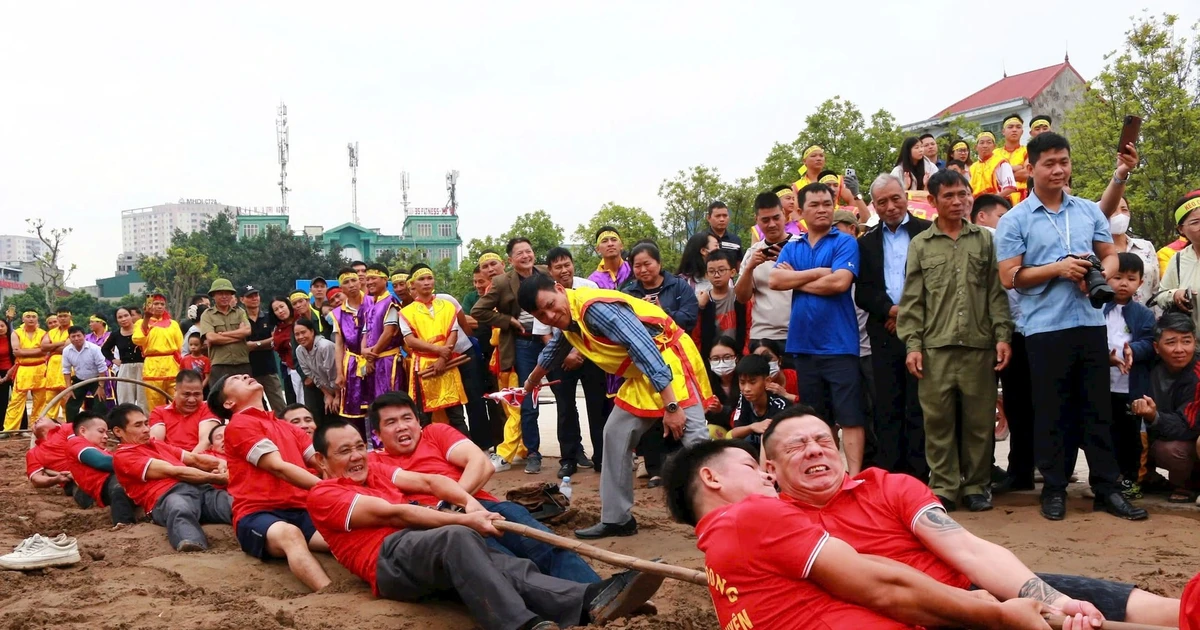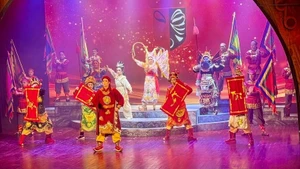French archaeologist Louis Malleret conducted research in Oc Eo, An Giang Province, and discovered traces of an ancient culture, in 1944. Since then, both domestic and international scientists have continued to survey and excavate the area. Gradually, the ancient architecture of the Funan Kingdom, dating from around the 6th to 8th centuries, has been revealed in the Oc Eo–Ba The region.
Oc Eo - a cultural heritage of historical and archaeological significance
Archaeologists expanded their research and excavations, gradually uncovering Oc Eo–Ba The cultural relics not only in Thoai Son district (now Oc Eo Commune) but also in various locations across the former An Giang Province and bordering areas of the former Kien Giang Province.
At scientific conferences on the Oc Eo culture, experts have pointed out that research and excavation results show that Oc Eo–Ba The was not only an ancient urban centre but also a trading port and a major religious hub where Buddhism and Hinduism coexisted.
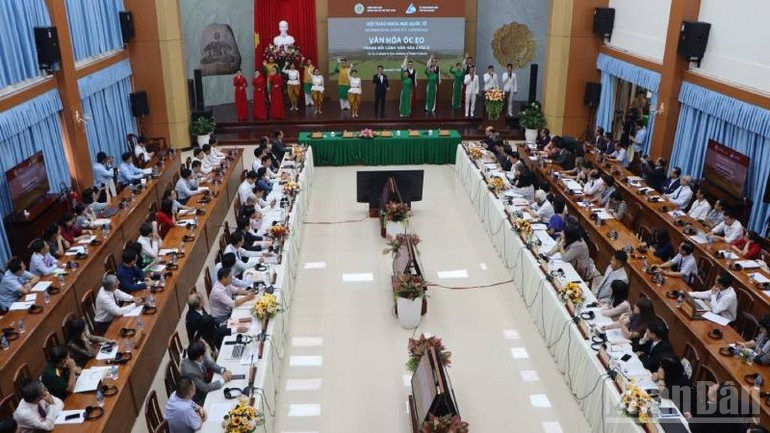
Numerous valuable artefacts from excavations indicate that the Oc Eo port engaged in extensive trade, not only within Southeast Asia but also with West Asia, India, and beyond.
Given its historical, cultural, architectural, and artistic value, the Oc Eo–Ba The site was designated a Special National Monument by the Prime Minister in 2012. In 2013, the An Giang Provincial People’s Committee established the Oc Eo Cultural Heritage Site Management Board to continue archaeological excavation, conservation, restoration, and promotion efforts.
The Prime Minister issued Decision No. 115/QD-TTg dated January 23, 2021, approving the conservation, repair, and restoration plan for the Special National Monument of Oc Eo–Ba The, Oc Eo Township, Thoai Son District, An Giang Province, and assigned implementation tasks to the province and relevant ministries.
According to the Oc Eo Cultural Heritage Site Management Board, on January 4, 2022, the UNESCO World Heritage Centre included the Oc Eo–Ba The Archaeological Site on its Tentative List for possible nomination as a World Cultural Heritage site.
Phase 1 of the nomination dossier has been completed, and Phase 2 is underway to prepare the submission to UNESCO for recognition as a World Cultural Heritage site.
After the merger of An Giang and Kien Giang provinces into the new An Giang Province, the provincial leadership has continued inspecting and directing the Management Board to expedite procedures to ensure the nomination dossier is completed on schedule.
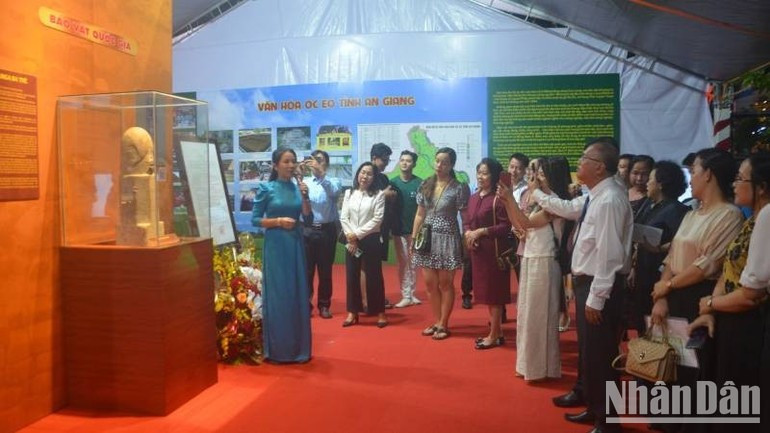
Once recognised by UNESCO as a World Cultural Heritage site, the Oc Eo–Ba The complex will not only be a source of pride for the province and Viet Nam but also an international acknowledgment of the historical, cultural, and archaeological value of the Southern region, especially An Giang.
Ten national treasures
In recent years, besides provincial budget funding, the Oc Eo–Ba The site has received investment from central ministries and agencies. Implemented projects have yielded significant results, enhancing site protection and infrastructure.
Province-wide, 84 Oc Eo cultural sites have been inventoried and ranked by central and provincial authorities, including the Special National Monument complex of Oc Eo–Ba The in Oc Eo Commune (formerly part of Thoai Son District, former An Giang Province) with over 30 relics; one national-level site and four provincial-level sites.
Thousands of artefacts buried under ancient layers of earth have revealed traces of a former kingdom. Among them, the Giong Xoai site, a large sandy mound in the northwest area of the Oc Eo fields, is particularly notable.
Here, archaeologists have identified a pre-Oc Eo habitation layer, along with remnants of religious architectural foundations made of brick and stone, representing various development phases from the mid-first millennium to the early second millennium.
Among the thousands of Oc Eo cultural artefacts found in An Giang, ten have been recognised by the Government as national treasures. Currently, the Oc Eo Cultural Heritage Site Management Board preserves four treasures.
The An Giang Provincial Museum preserves six national treasures: the Brahma statue, the wooden Buddha statue, the stone Buddha statue, the raised stone Linga-Yoni set, the Ba The Mukhalinga, and the Linh Son Linga-Yoni set.
The An Giang Provincial Museum provided us with details about the six national treasures. We focused on the Brahma statue, discovered at Giong Xoai in 1983, a unique piece, standing 37.5 cm tall and 22.9 cm wide at the shoulders, dating to the 6th–7th centuries.
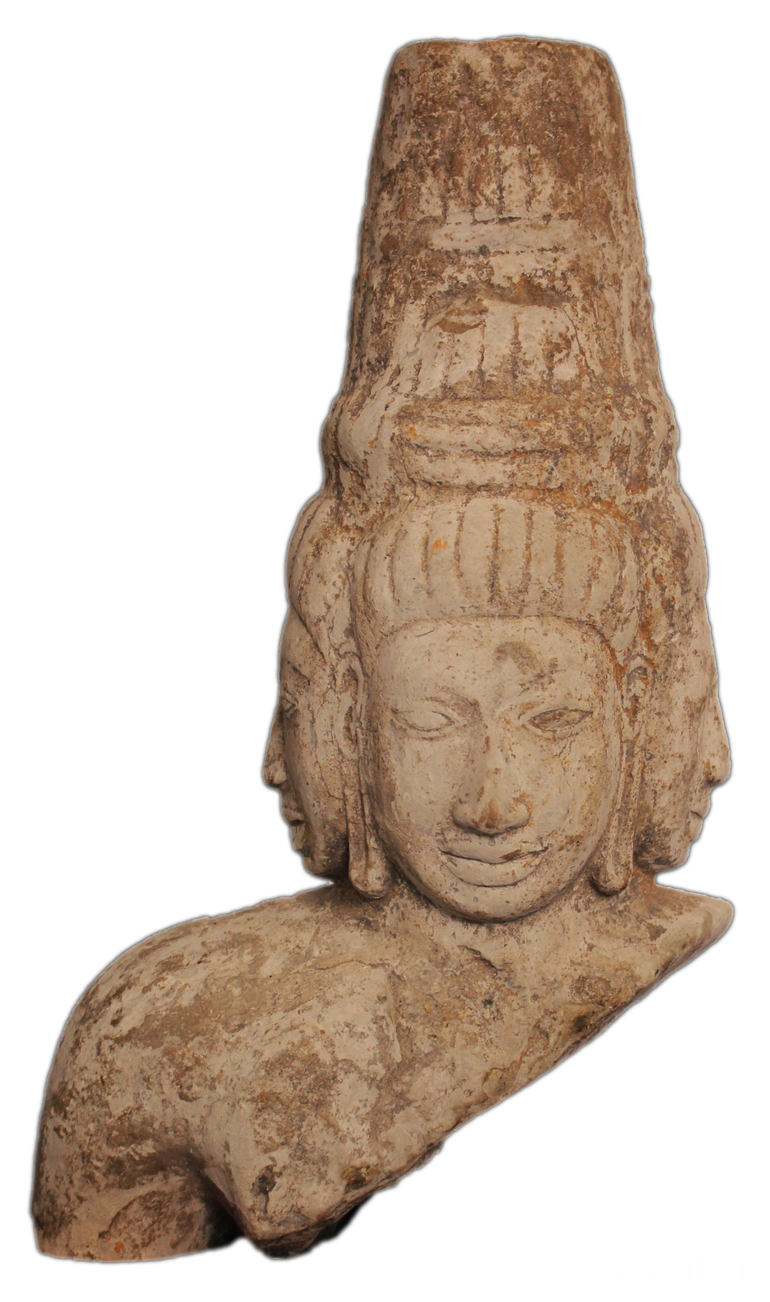
The Brahma statue is a unique artistic masterpiece and a valuable scientific document, not only for archaeology but also for historical, cultural, artistic, and religious studies.
According to the museum, it was only in 2018 that the Brahma statue was officially recognised as a national treasure. Earlier, in 2014, the Metropolitan Museum of Art (USA) had contacted the An Giang Museum to request it for display alongside other artefacts.
The museum required the Metropolitan Museum to appraise the statue for insurance purposes, and it was valued at 2 million USD.
Alongside the Brahma statue is the wooden Buddha statue, crafted from sao wood, dating to the 4th–6th centuries, discovered in 1983. Local residents found it while digging irrigation channels at Giong Xoai mound, and An Giang Museum staff collected and transferred it to the museum in 1984.

This artefact is a quintessential product, representing the pinnacle of sculptural art. It is a rare and valuable historical document for studying artistic history, religion, cultural exchange, and understanding the social and religious characteristics of the Oc Eo–Ba The community and the Mekong Delta during that period.
The Linh Son Linga-Yoni set is an intact monolithic sandstone piece, dark brown, placed on a dark grey fine-grained sandstone altar. It remains fully intact, with all components tightly fitted and sharply detailed.
The artefact was discovered by locals in 1985 at the eastern foothills of Linh Son pagoda within the Oc Eo–Ba The complex. The An Giang Museum collected and transferred it over several times in 1986 and 1987, eventually restoring it to completion.
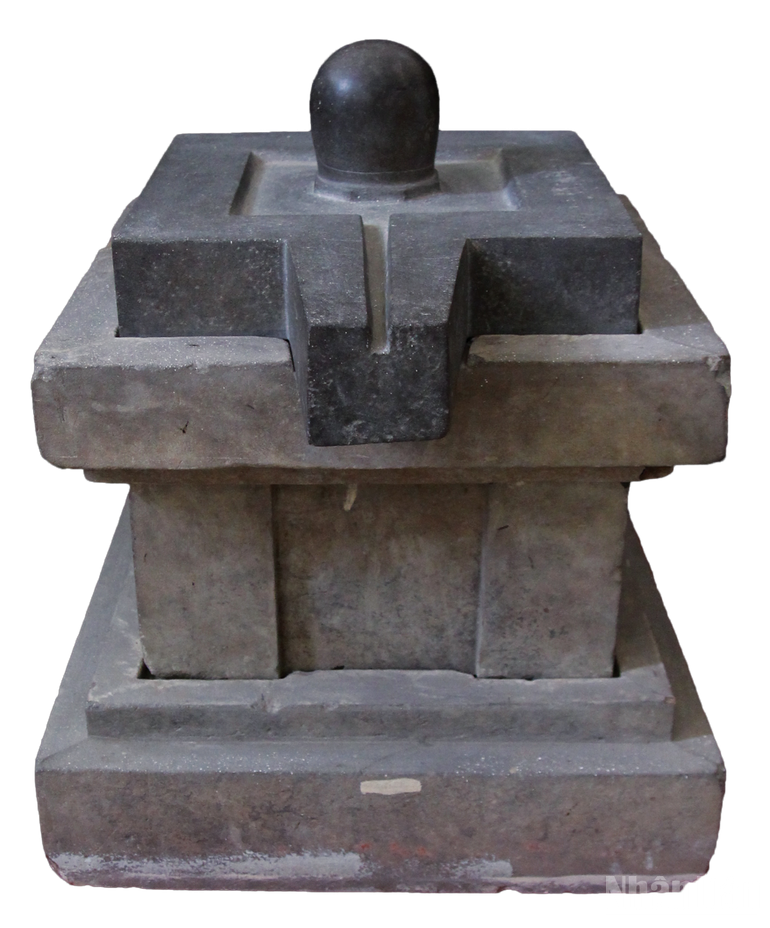
The Linh Son Linga-Yoni set, with its multi-tiered base, is unique among Oc Eo archaeological finds in the southwestern region — other similar artefacts are fragmented and incomplete, while this is the only complete, fully assembled piece, crafted to a high degree of finish.
The artefact is an important product of the exchange and interaction between local culture and foreign cultural elements, highlighting the distinctive profile of the Oc Eo–Ba The complex, widely understood as a flourishing residential, economic, and cultural centre during the Oc Eo cultural period and the Funan Kingdom. This artefact is a valuable reference for scientists to approach and study from various angles.





